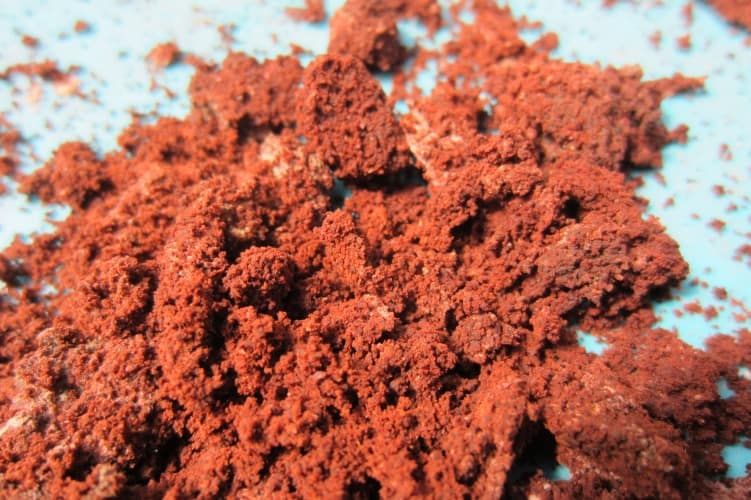Coffee grounds used for methane capture and storage
Scientists based at the Ulsan National Institute of Science and Technology (UNIST) in South Korea have developed a process that turns coffee waste into a material for capturing and storing methane.

The method, described in the journal Nanotechnology, involves soaking used coffee grounds in sodium hydroxide and heating to 700-900 °C in a furnace. This produces a stable carbon capture material in under a day, which the researchers claim is substantially less than other more costly and complex carbon capture materials.
“The big thing is we are decreasing the fabrication time and we are using cheap materials,” said Christian Kemp, an author of the paper now based at Pohang University of Science and Technology, Korea. “The waste material is free compared to all the metals and expensive organic chemicals needed in other processes - in my opinion this is a far easier way to go.”
Although methane accounts for just nine per cent of global greenhouse emissions, it traps up to 100 times more heat than carbon dioxide. Removing it from the atmosphere can actually have a double environmental impact, as it can later be used as a fuel with lower emissions than some other fossil fuels.
Register now to continue reading
Thanks for visiting The Engineer. You’ve now reached your monthly limit of news stories. Register for free to unlock unlimited access to all of our news coverage, as well as premium content including opinion, in-depth features and special reports.
Benefits of registering
-
In-depth insights and coverage of key emerging trends
-
Unrestricted access to special reports throughout the year
-
Daily technology news delivered straight to your inbox











Water Sector Talent Exodus Could Cripple The Sector
Maybe if things are essential for the running of a country and we want to pay a fair price we should be running these utilities on a not for profit...